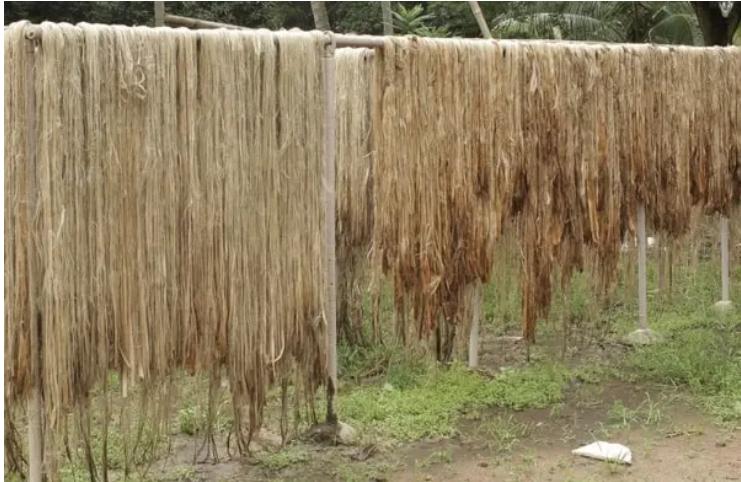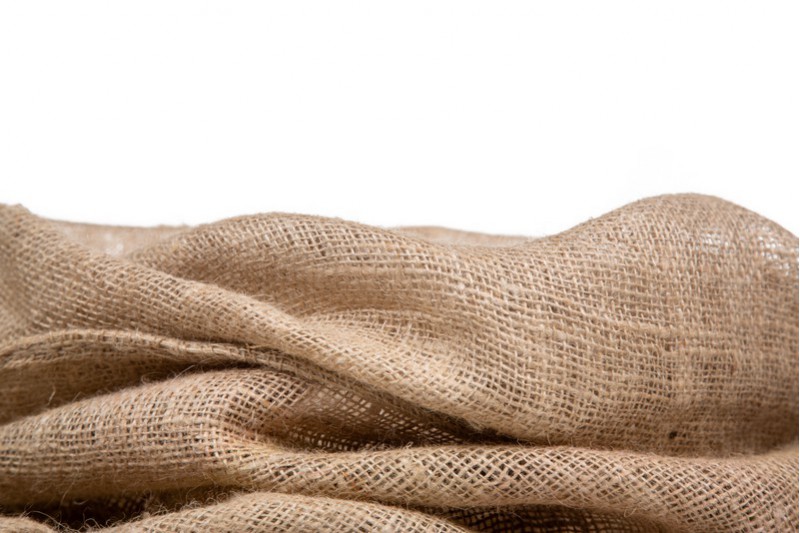What is jute fiber
Jute fiber is a type of plant fiber which is widely known for its ability to be spun into strong and coarse threads. Individual jute fibers are known to be soft, long, and shiny in nature. The plants belonging to the genus Corchorus are believed to be the primary producers of this fibre. It is important to note that the fibers that are used in the production of gunny cloth, hessian cloth, or burlap cloth are usually jute fibers. It’s a long, soft, shiny bast fiber that can be spun into coarse, strong threads. It is produced from flowering plants in the genus Corchorus, which is in the mallow family Malvaceae. The primary source of the fiber is Corchorus olitorius, but such fiber is considered inferior to that derived from Corchorus capsularis. "Jute" is the name of the plant or fiber used to make burlap, hessian, or gunny cloth.
Jute is one of the most affordable natural fibers and second only to cotton in the amount produced and variety of uses. Jute fibers are composed primarily of the plant materials cellulose and lignin. Jute is also called the "golden fiber" for its color and high cash value.

Why jute fiber is a sustainable material
Jute is called the Golden Fiber because of its appearance and cost-effectiveness. Jute fibers are light, soft to the touch, and have a yellowish-brown color with a golden shine to them. Also, jute is quick and easy to grow, having an excellent cost-to-outcome ratio. It reaches maturity quickly, between 4-6 months,making it an incredibly efficient source of renewable material, and therefore sustainable.
Also it is 100% biodegradable recyclable and thus environmentally friendly,and it's the most affordable natural fiber on the market at the moment.It uses much less water to produce than cotton plus very little to no fertilisers and pesticides, making it one of the most eco friendly crops known to man. This will in turn help the environment being clean as it will put less pressure on soil. The jute crop helps in improving soil condition and fertility as the leftover like leaves and roots work as a manure. A hectare of jute plants consumes about 15 tonnes of carbon dioxide and releases 11 tonnes of oxygen. Cultivating jute in crop rotations enriches the fertility of the soil for the next crop. Jute also does not generate toxic gases when burnt.

Why we choose jute material
Jute is organic and environment-friendly. It saves us from the negative effect of using too much plastic. No animals are killed or harmed to extract jute fibre as in the case of leather.
Jute bags are stylish, cheap, and long lasting. They are environment-friendly and give you a chance to enjoy guilt-free fashion.Strong and can carry more weight as compared to promotional carry bags. Durable and long lasting, not easy to tear like Plastic and Paper bags do. Jute has good insulating and antistatic properties, low thermal conductivity and a moderate moisture regain.
It is a totally best option available for bags and packaging. This is the best substitute for synthetic and artificial products. Tons of plastic is getting accumulated as landfills and in oceans. These are harming the animals, marine life and the environment as a whole. If you want to save the environment from pollution and degradation, you should opt for these eco-friendly jute bags. This is our chance to contribute towards a better, cleaner and greener tomorrow.

